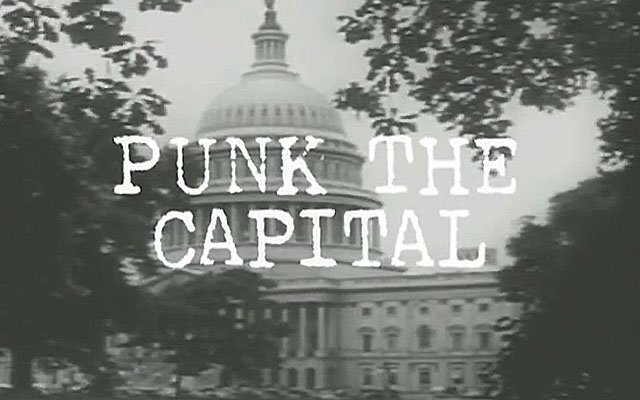
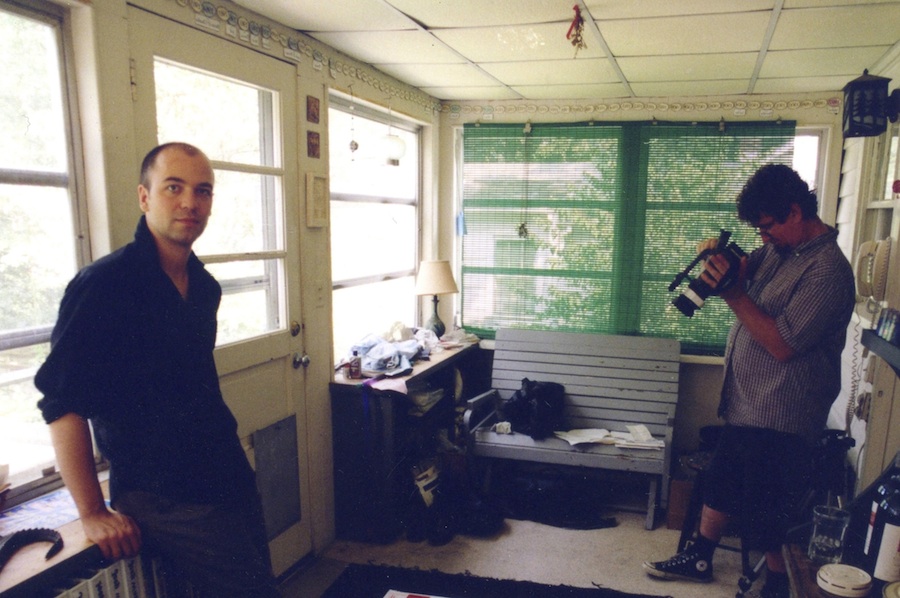
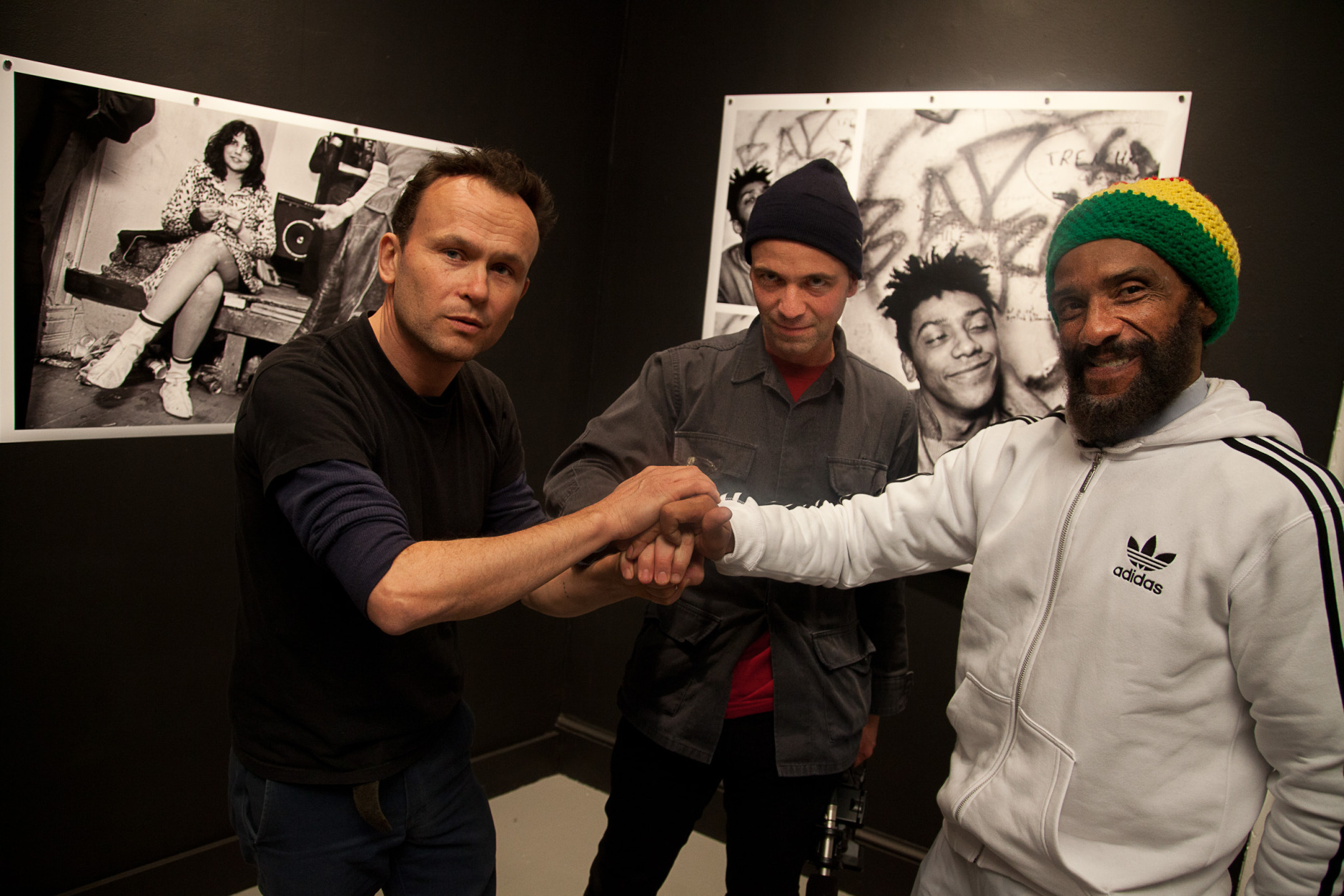
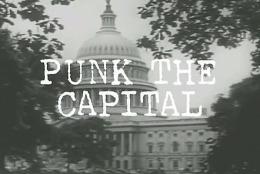
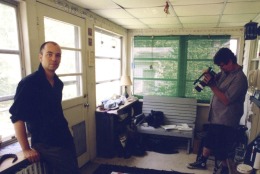
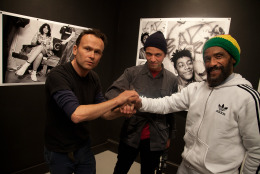
WASHINGTON — Newcomers to D.C. might think Madam’s Organ is nothing more than an Adams Morgan watering hole frequented by lovers of blues and jazz.
But in the 1970s, the rowhouse that inspired the bar’s name was a gathering place for artists, musicians and other like-minded bohemians entrenched in the city’s cultural battle between corporate Washington and revolutionary Washington.
Punk bands like Bad Brains and Minor Threat got their start at the arts cooperative, which is the centerpiece of a new documentary, “Punk the Capital.”
Filmmakers James Schneider and Paul Bishow take viewers back to the days when punk and hardcore put D.C. on the musical map, interviewing influential players including HR, of Bad Brains; Ian MacKaye, of Fugazi and Minor Threat; and Marshall Keith, of the Slickee Boys.
“It’s a tour back through a very interesting time in D.C. history,” Schneider says. “It’s the other side of D.C. not everyone knows about.”
“Punk the Capital” is not the first project to be made about Washington’s music past. “Salad Days: The DC Punk Revolution” is in production, and the book “Dance of Days: Two Decades of Punk in the Nation’s Capital” came out in 2003.
What sets “Punk the Capital” apart is its timeline. The film starts with the foundations of punk rock in D.C., and then follows the transition into hardcore in the early ’80s.
“This really looks at the early punk scene, from about ’76 to ’85,” Schneider says.
He and Bishow have been working on the movie on and off for more than 10 years. They started by collecting old concert footage, interviewing bands and connecting with locals who remember being part of the scene.
The veteran filmmakers are compiling their material into a collage-style documentary filled with clips and excerpts that transport viewers back in time.
“We want it to feel like you were really there,” Bishow says.
And it does, if clips such as this are any indication:
“If D.C. seems like a town punk shouldn’t happen in, then maybe that’s exactly where it should happen,” Glenn Kowalski, of White Boy, says in the film.
While punk was exploding in the ’70s in places like New York and Cleveland, D.C. remained in the shadow of its own checkered past. If the 1968 riots highlighted racial tensions within the District, what would the world make of a band such as Bad Brains, with its four black jazz musicians-turned-hardcore pioneers?
“Madam’s Organ was home to both white and black musicians,” says Bishow, who moved to D.C. from New York in 1978.
Despite the camaraderie, some very real differences remained.
“We tried to mesh the African-American go-go scene with the mostly white punk scene on a couple of occasions, but that was too weird for some people. You really had to like the music to stand through one of those shows,” he says.
That Bishow was living in D.C. during this time and already documenting the scene adds to the documentary’s credibility. He and Schneider are editing “Punk the Capital” in the same Adams Morgan apartment Bishow and other artists used as their home base off and on for 30 years.
Watch an exclusive interview with MacKaye about Bishow’s apartment below:
“Punk the Capital” is in production and launched a Kickstarter campaign this week. Schneider and Bishow hope to raise $43,000 by next month. To donate, visit the Punk the Capital Kickstarter page.
And to learn more about the documentary, see more clips and hear more interviews, visit the Punk the Capital website.
Follow @WTOP and WTOP Entertainment on Twitter and WTOP on Facebook.







